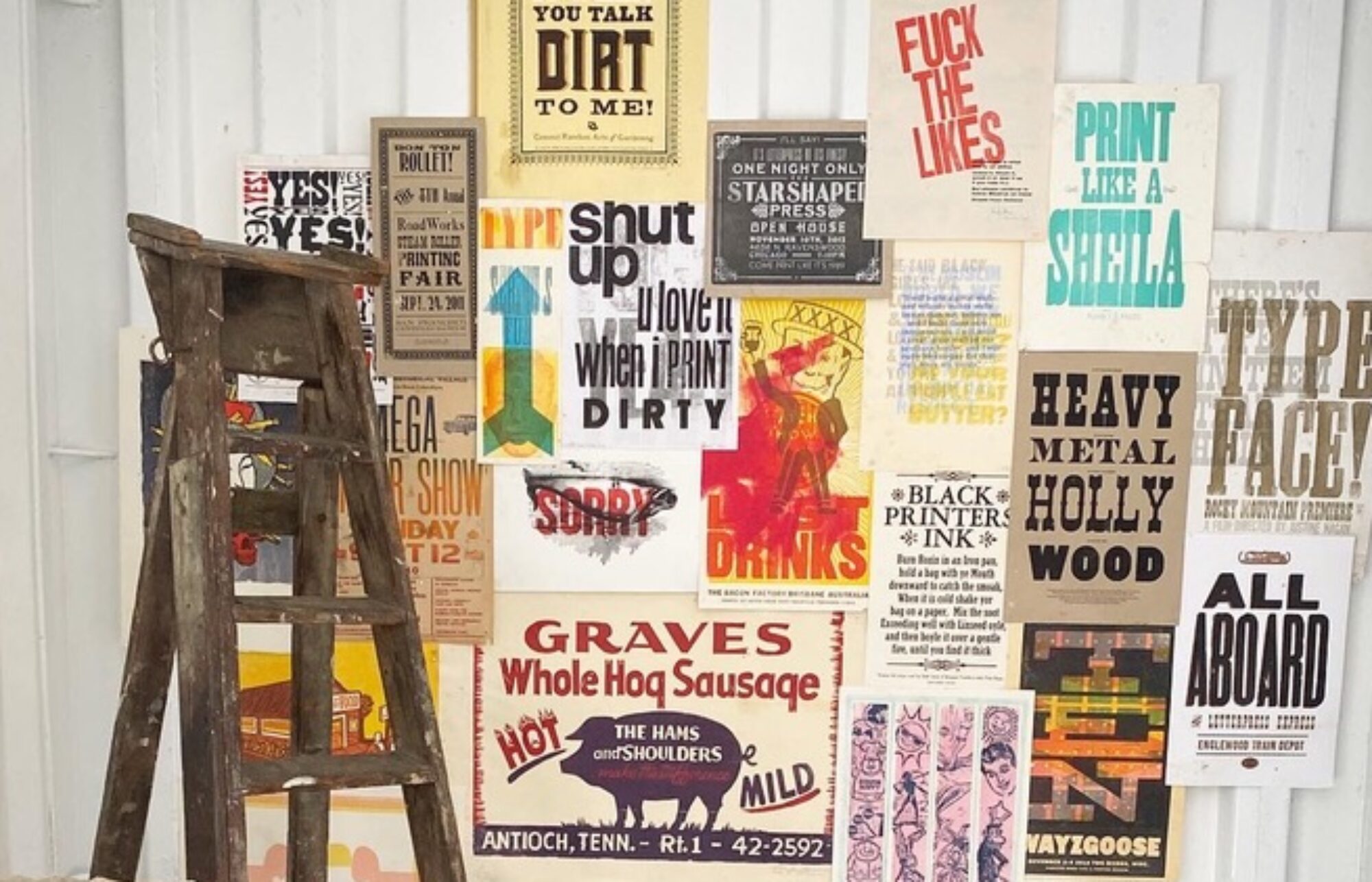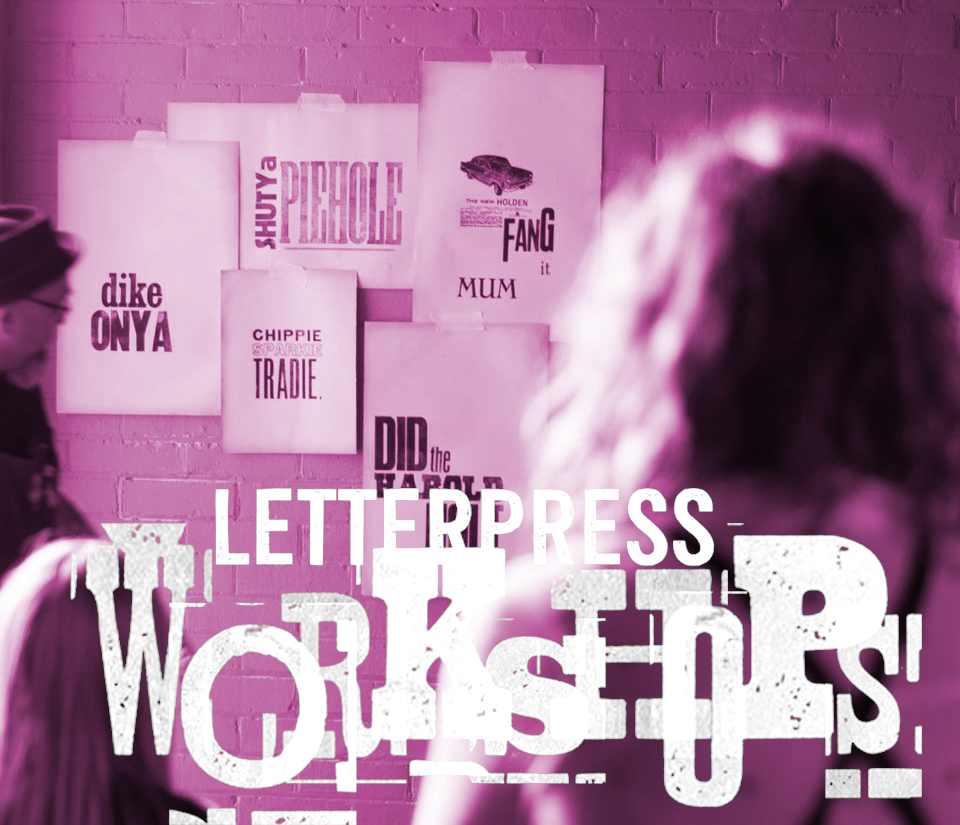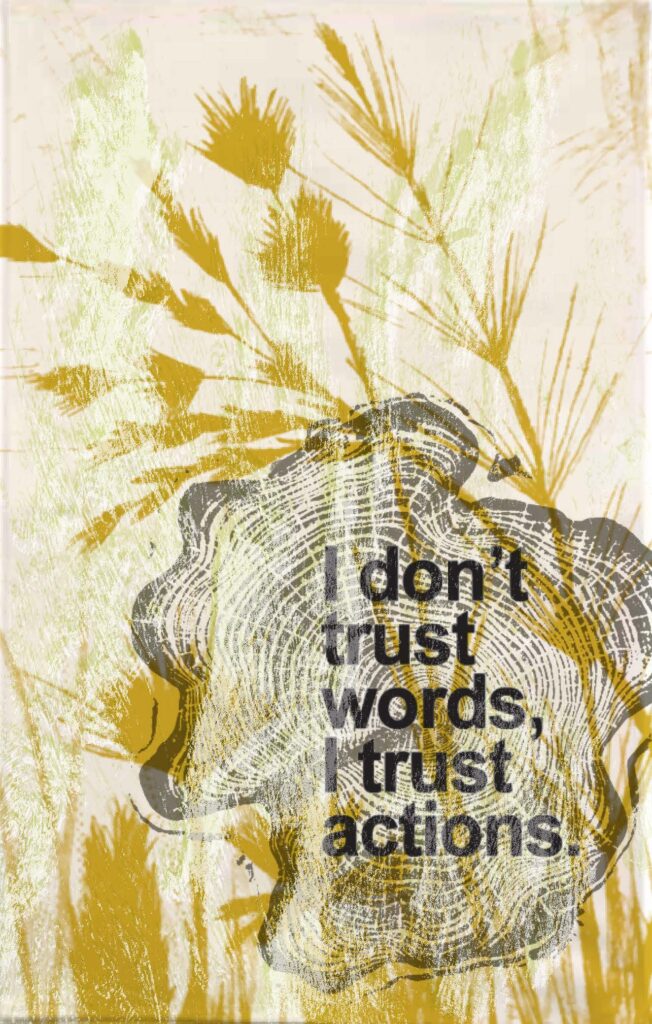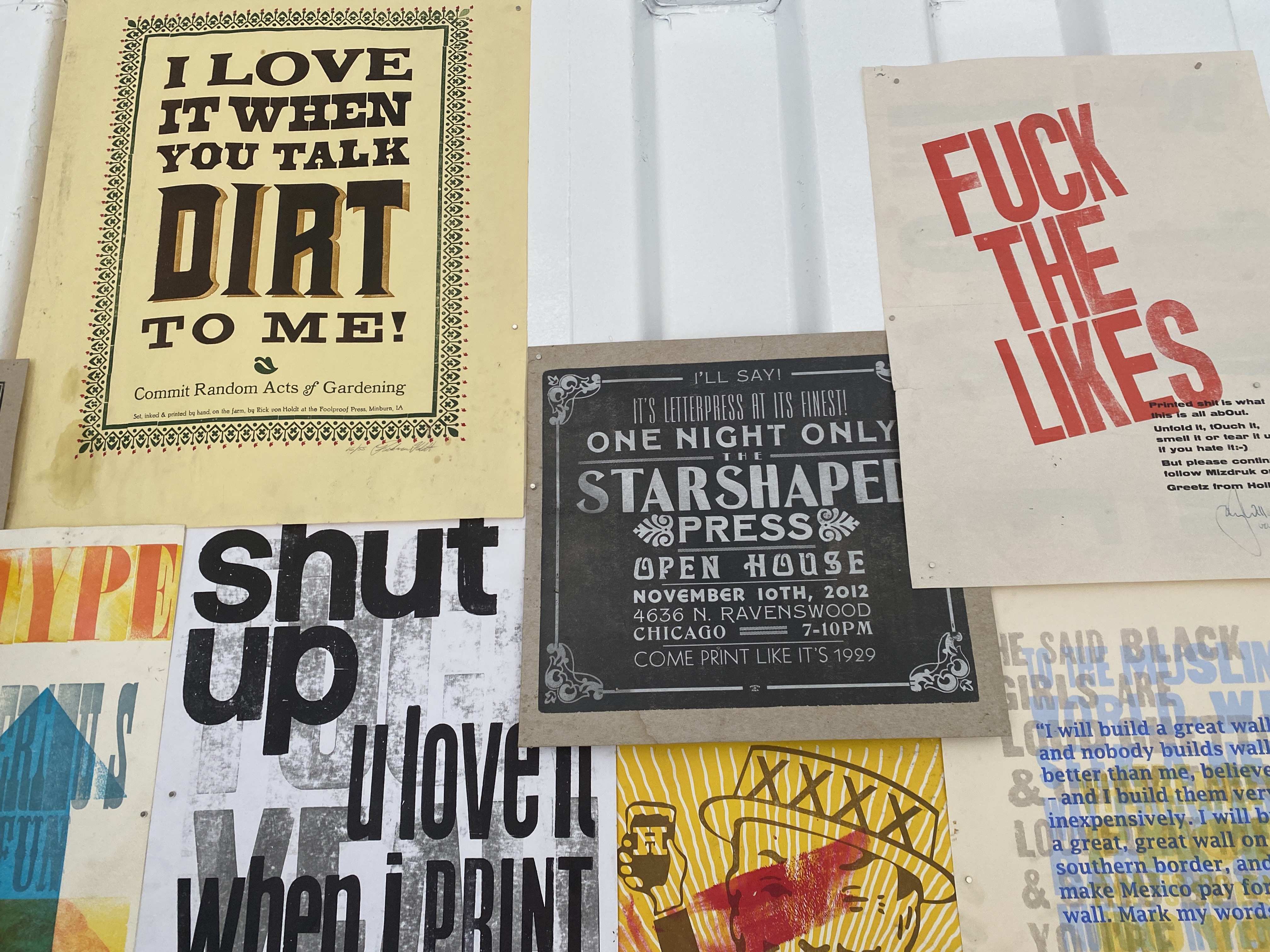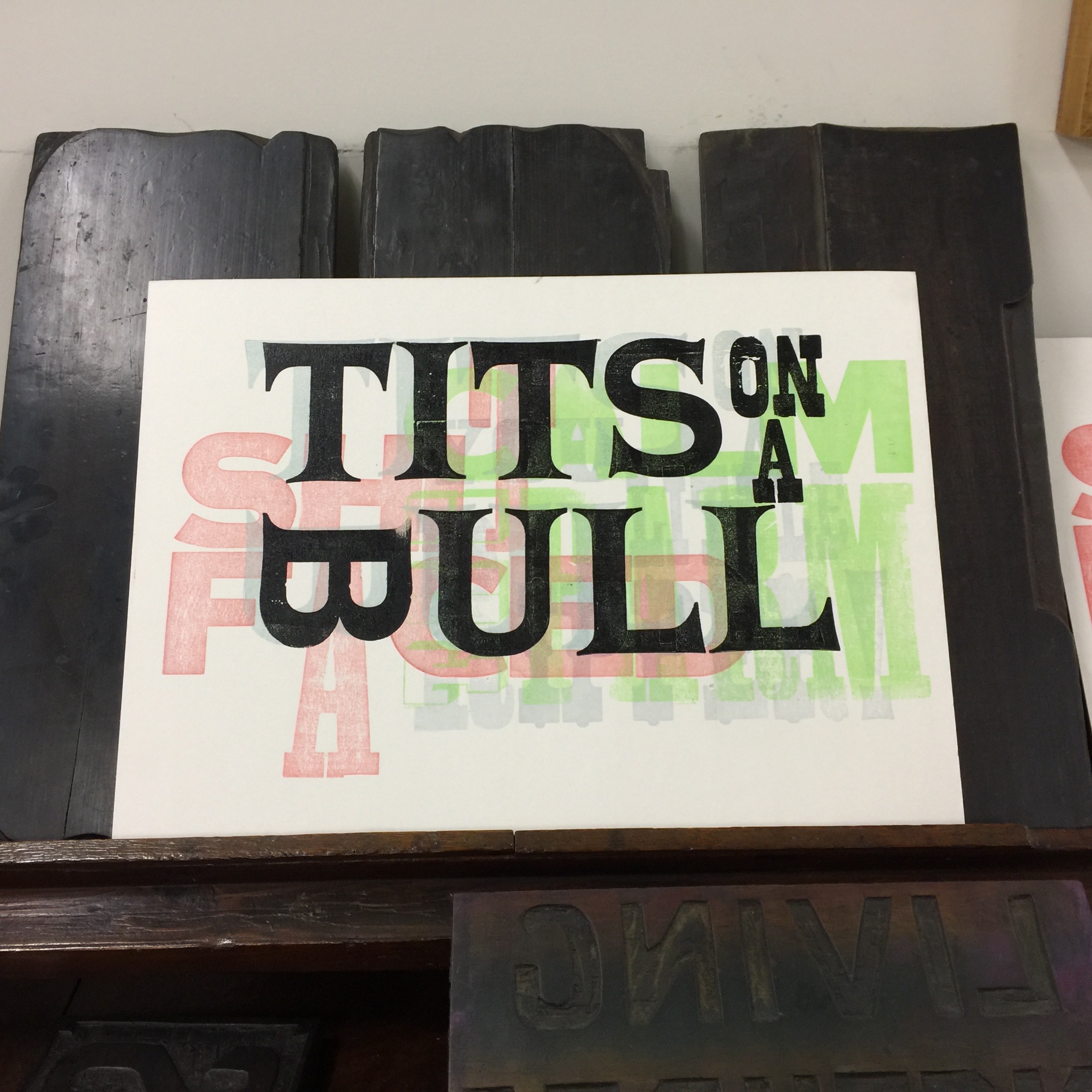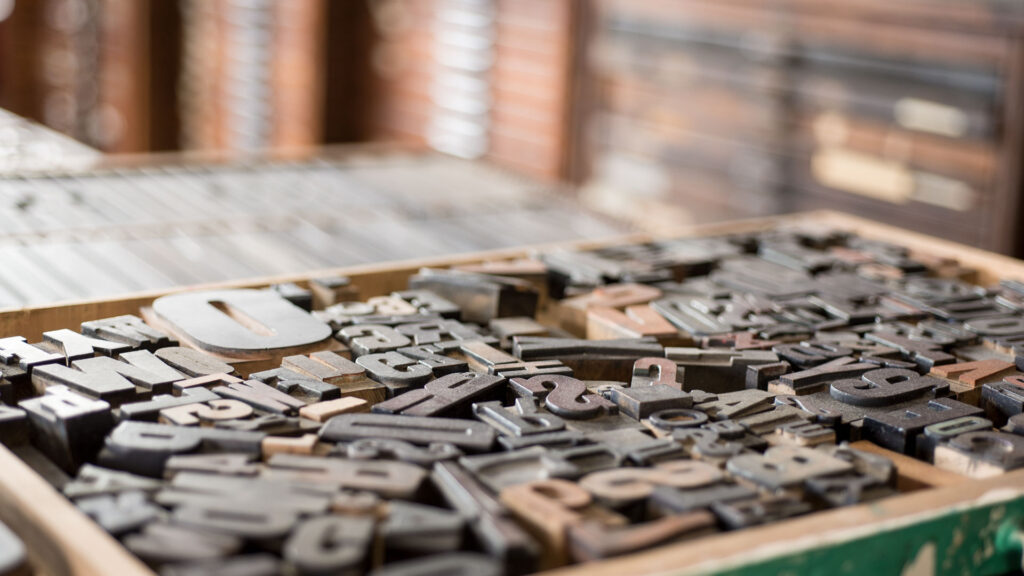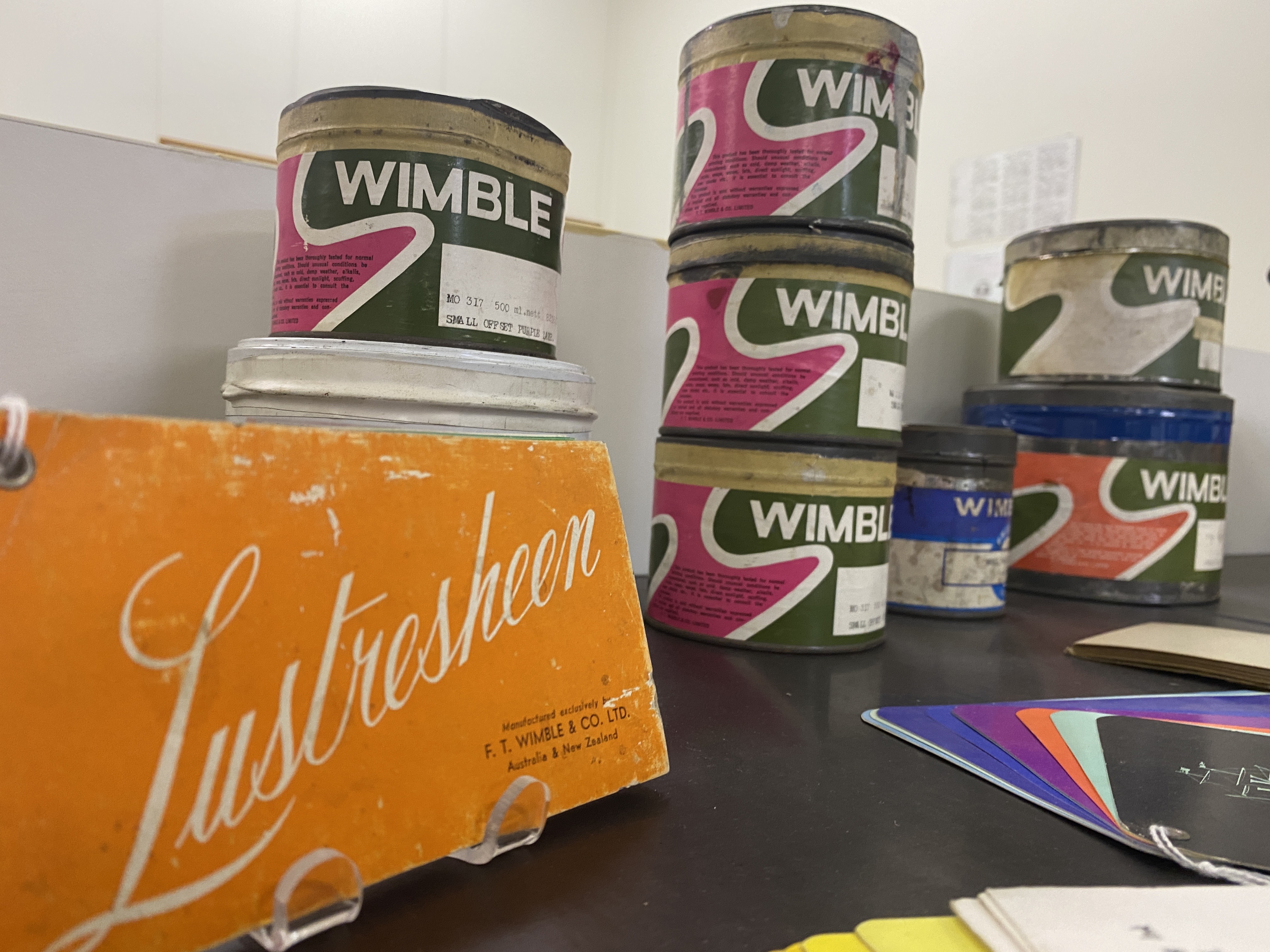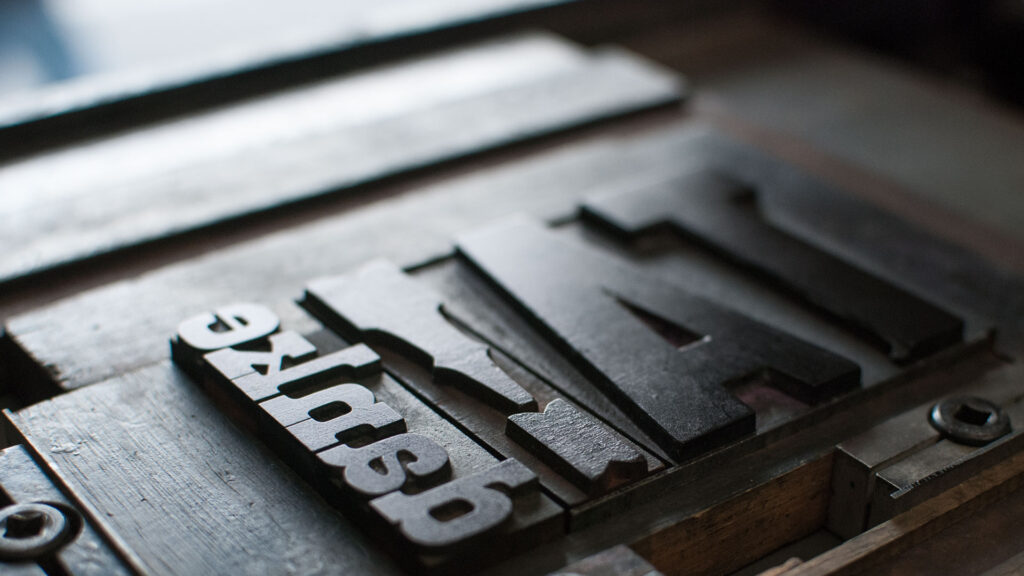As the digital age continues to advance, it’s easy to overlook the enduring charm and relevance of traditional printing techniques. Letterpress, a method dating back centuries, is not just a relic of the past; it’s a vibrant and integral part of contemporary graphic design and typography.
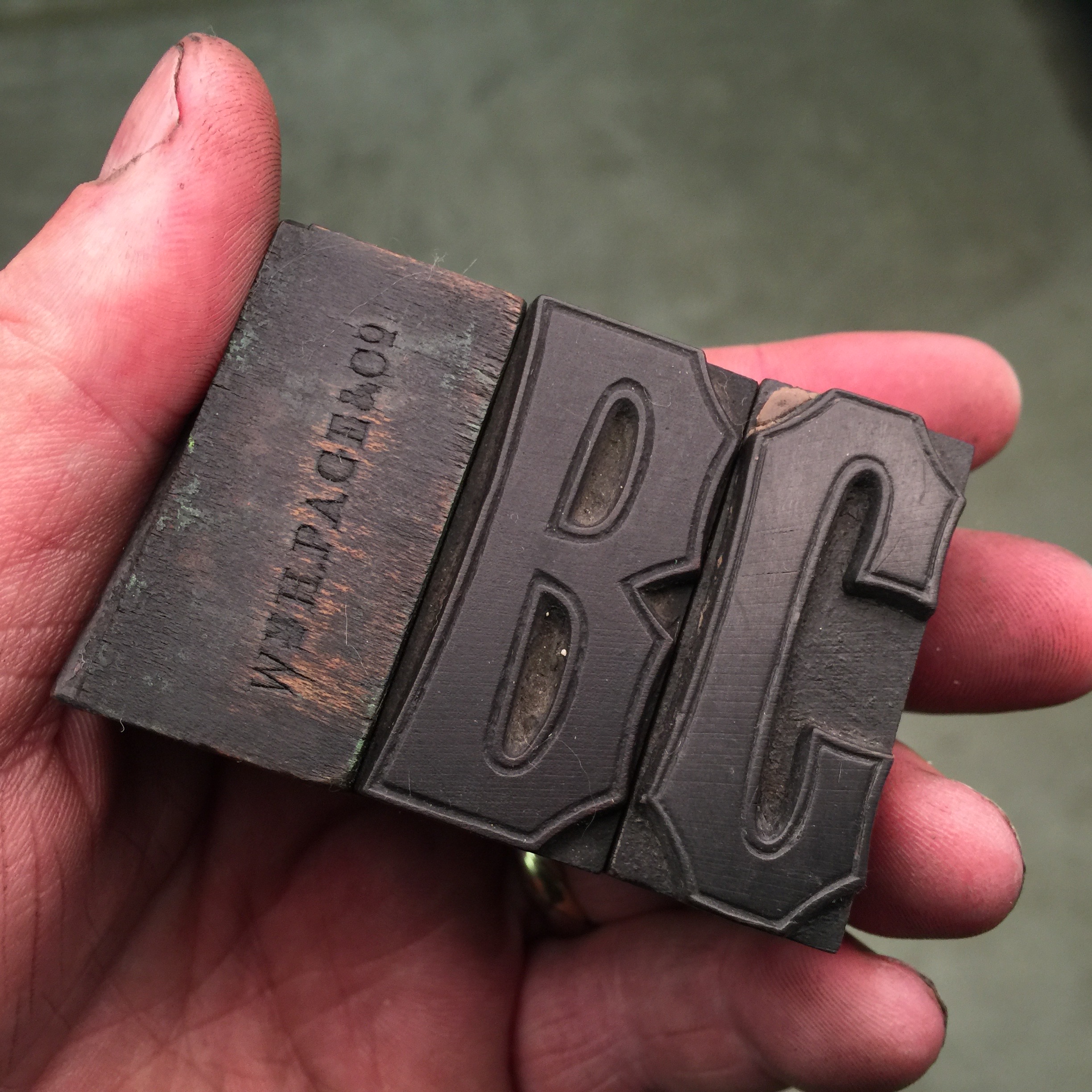
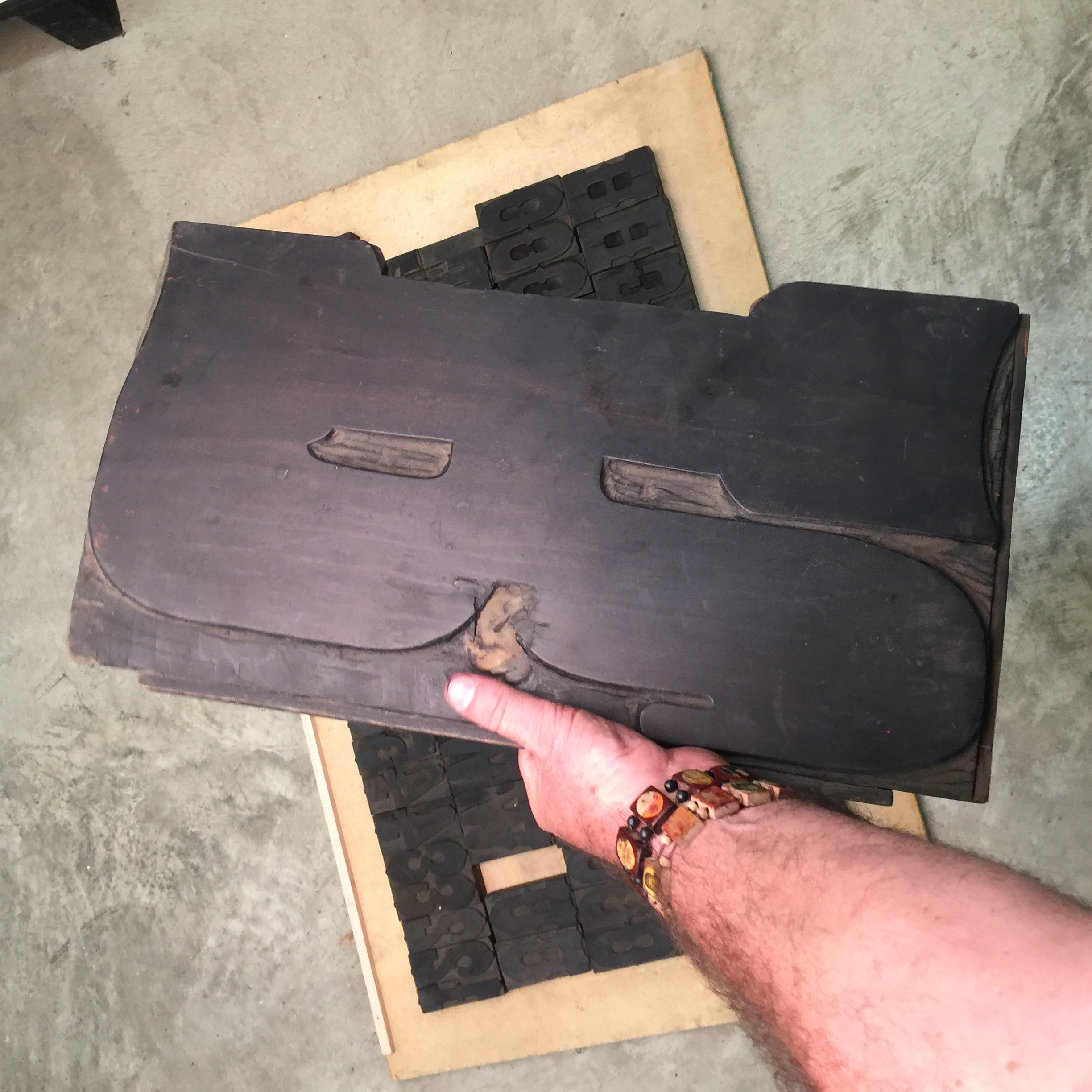
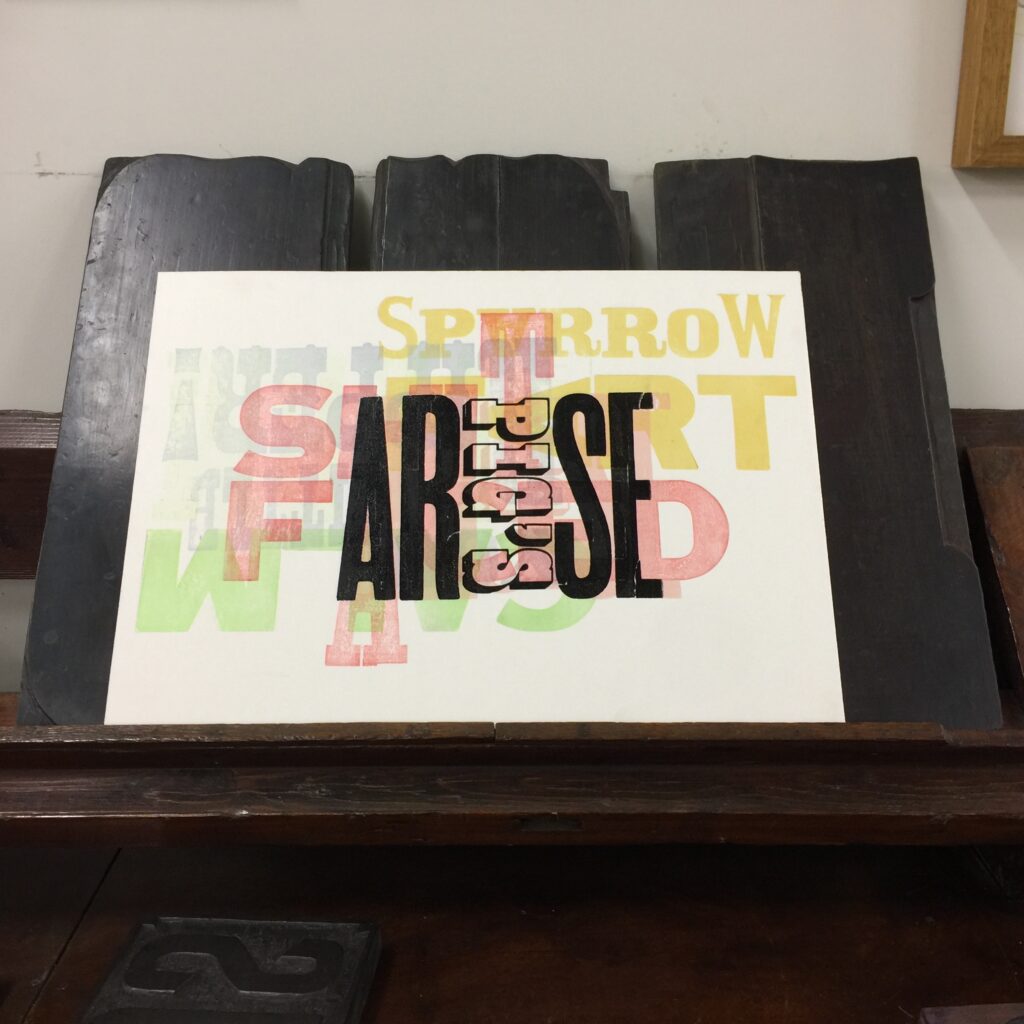
Contrary to common misconception, letterpress has not faded into obscurity. Rather, it has evolved into a specialty within the print industry, offering a unique blend of tradition and innovation. In today’s design landscape, there are two main branches of letterpress: traditional and contemporary.
Traditional letterpress involves the use of classic materials such as wood and lead type. This approach pays homage to the rich history of printing while maintaining the craftsmanship and authenticity that define the art form. On the other hand, contemporary letterpress utilises digital plates such as photopolymer, leveraging modern technology to push the boundaries of what’s possible in typographicdesign.
At its core, letterpress is about more than just ink on paper; it’s about the meticulous arrangement of letters and design elements. This focus on craftsmanship makes letterpress an invaluable educational tool for emerging designers and typographers. Through hands-on experience with letterpress, creatives gain a deeper understanding of typography, composition, and design principles.
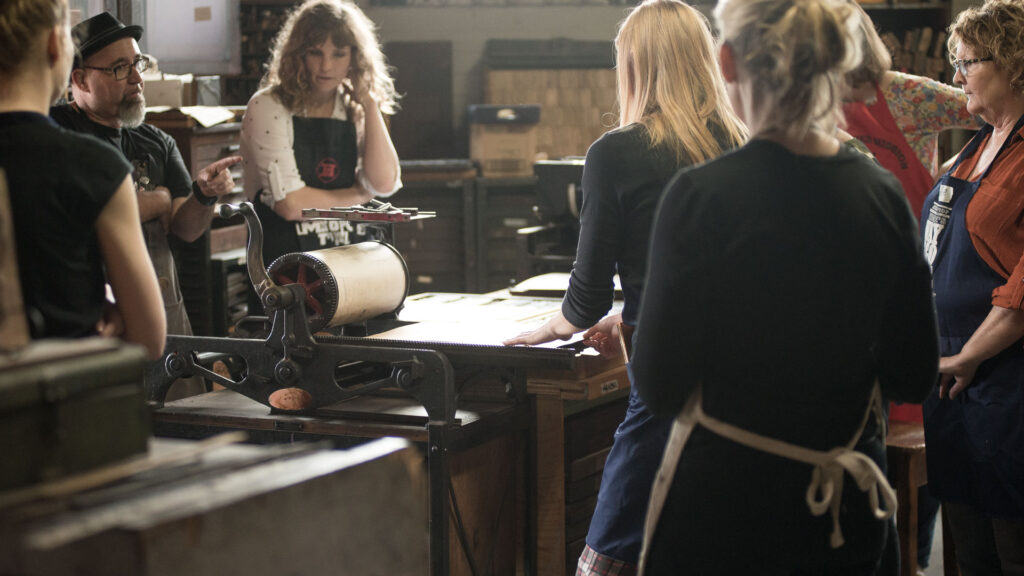
Over the years, our letterpress classes have attracted a diverse range of participants, from design students eager to hone their skills to experienced professionals seeking a break from digital technology. Additionally, artists are drawn to letterpress for its ability to elevate their creations into tangible works of art.
In our letterpress journey, we’ve curated a collection of equipment that spans generations, from a 19th-century Columbian iron-hand press to modern machines such as the 1970 Heidelberg platen. Each press has its own unique capabilities, allowing us to tailor our approach to the specific needs of each workshop project.
One of the most remarkable aspects of working with letterpress is the pace at which it operates. Unlike the instant gratification of digital design, letterpress forces designers to slow down and truly observe their work. This deliberate process encourages thoughtful decision-making and fosters a deeper connection to the craft.
Letterpress may be rooted in tradition, but its relevance in modern graphic design is undeniable. Whether you’re a seasoned professional or a budding designer, embracing letterpress opens up a world of creative possibilities and educational opportunities. So the next time you embark on a design project, consider incorporating the timeless art of letterpress into your toolkit—you won’t be disappointed.
SPAM Specialty Printing Activation Module
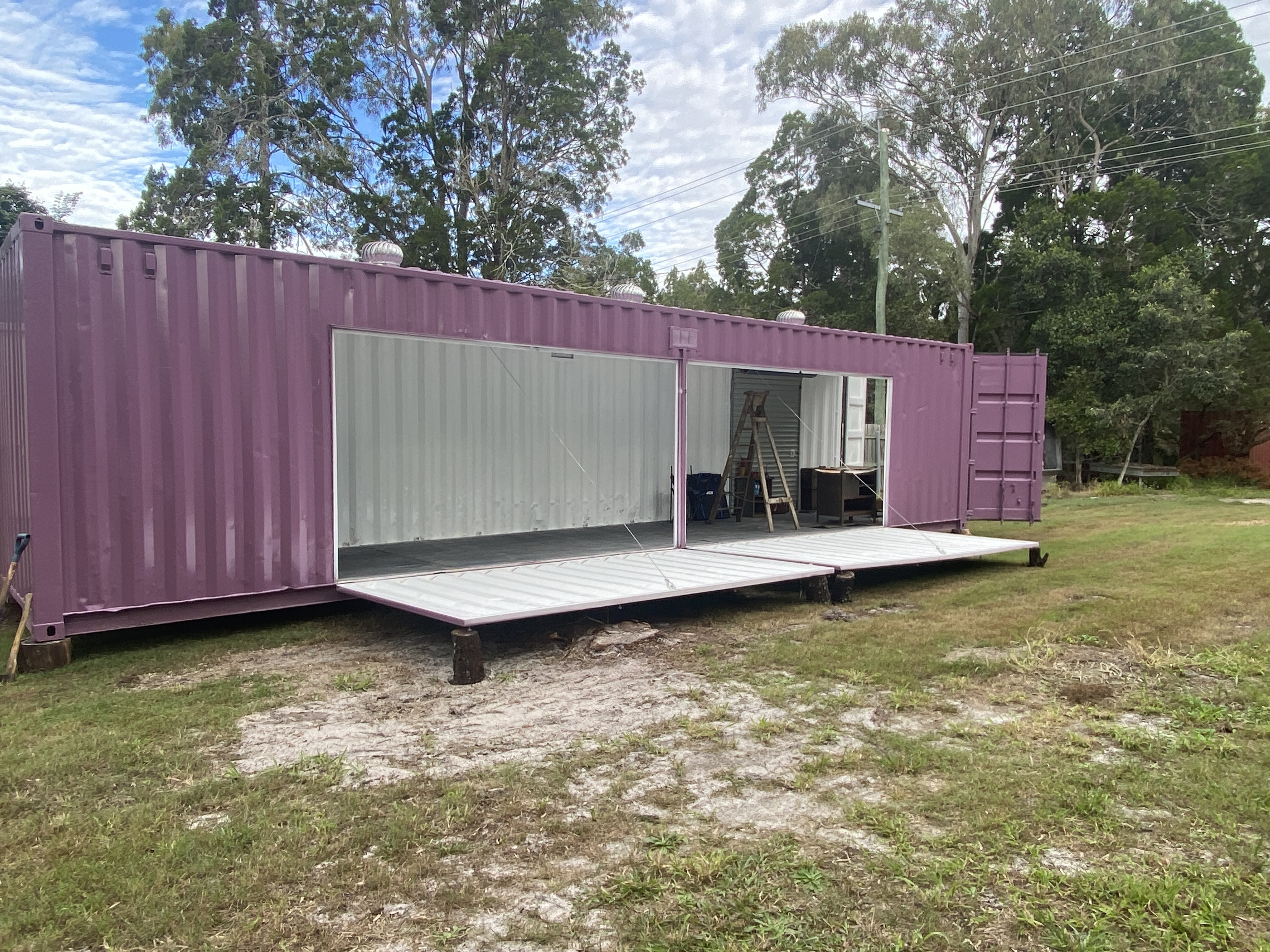
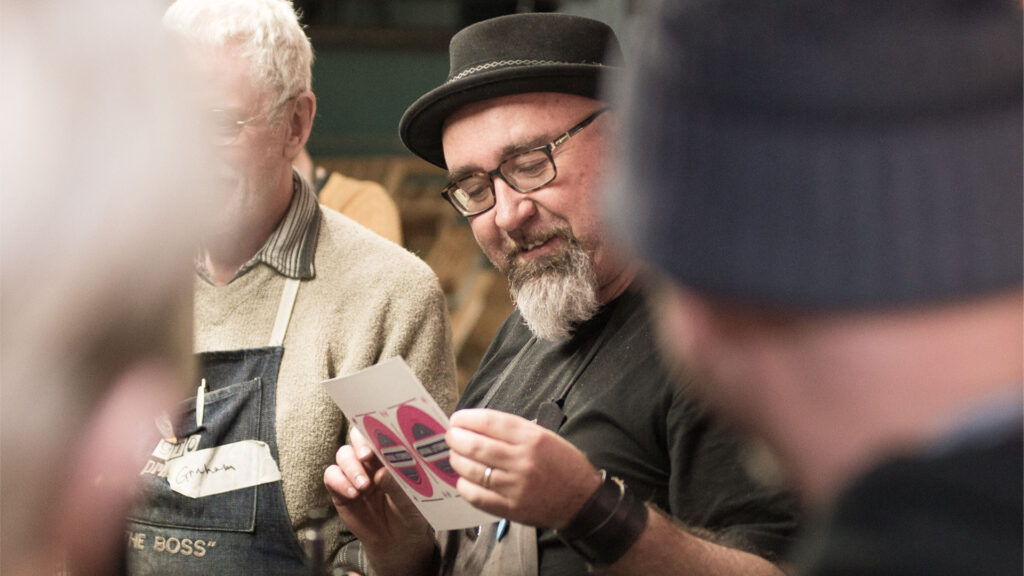
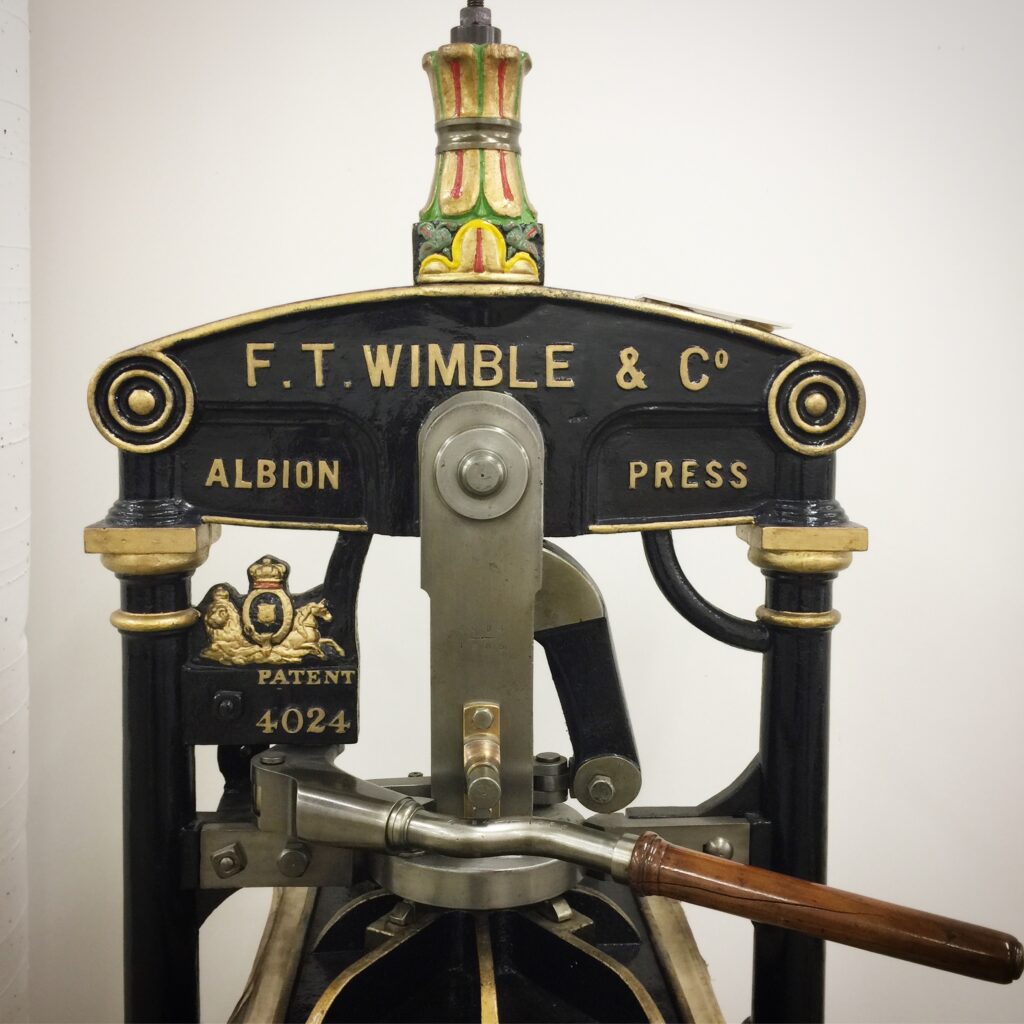
Mobile Letterpress Shipping Container Project: Nurturing Communities Using Print Histories
We are delighted to announce the launch of our mobile letterpress studio with theinaugural workshop series, to be hosted at the QUT Kelvin Grove Creative Industries precinct in April. These workshops will run from the SPAM container studio and represent an exciting opportunity for the design and broader community to engage with the historical process of letterpress printing, facilitated by industry designers Clint Harvey and Dzintra Menesis.
The SPAM Project is a ground-breaking initiative that aims to bridge the gap between modern technology and traditional printing methods. These hands-on typography workshops will provide participants with an introduction to letterpress printing and traditional typesetting, using both wood and metal type. Through practical exercises and discussions, attendees will delve into the language of typography, explore the anatomy of letterforms, and learn about the myriad of typographic terminologies essential for making informed design choices.
At the heart of the SPAM Project (Specialty Printing Activation Module) is the one of a kind mobile letterpress studio. Housed within a custom-built 40-foot shipping container, this mobile printmaking studio features authentic 19th-century printing presses and typography archives. The project is a reincarnation of the former Bacon Factory and maintains strong ties to the Museum of Printing at the New England Regional Art Museum (NERAM), the project goal is to bring the art and history of letterpress printing to communities across Australia.
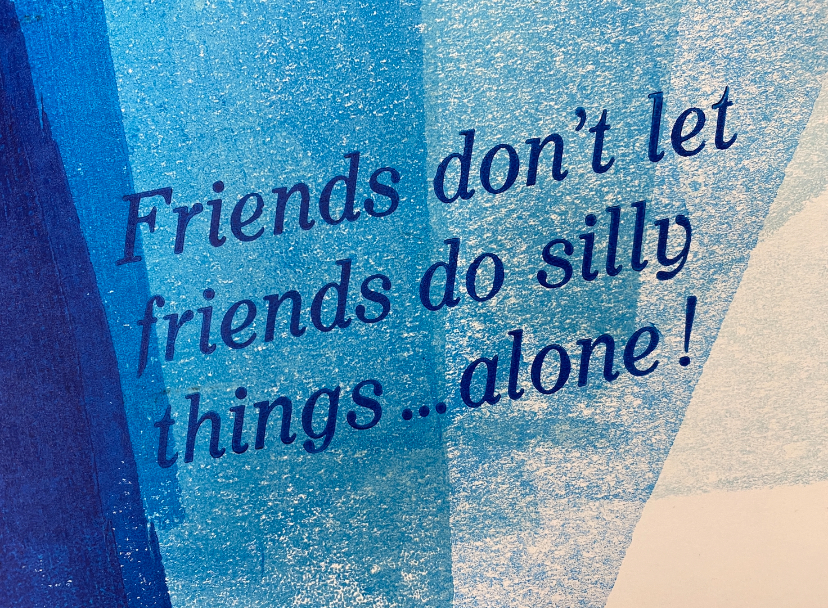
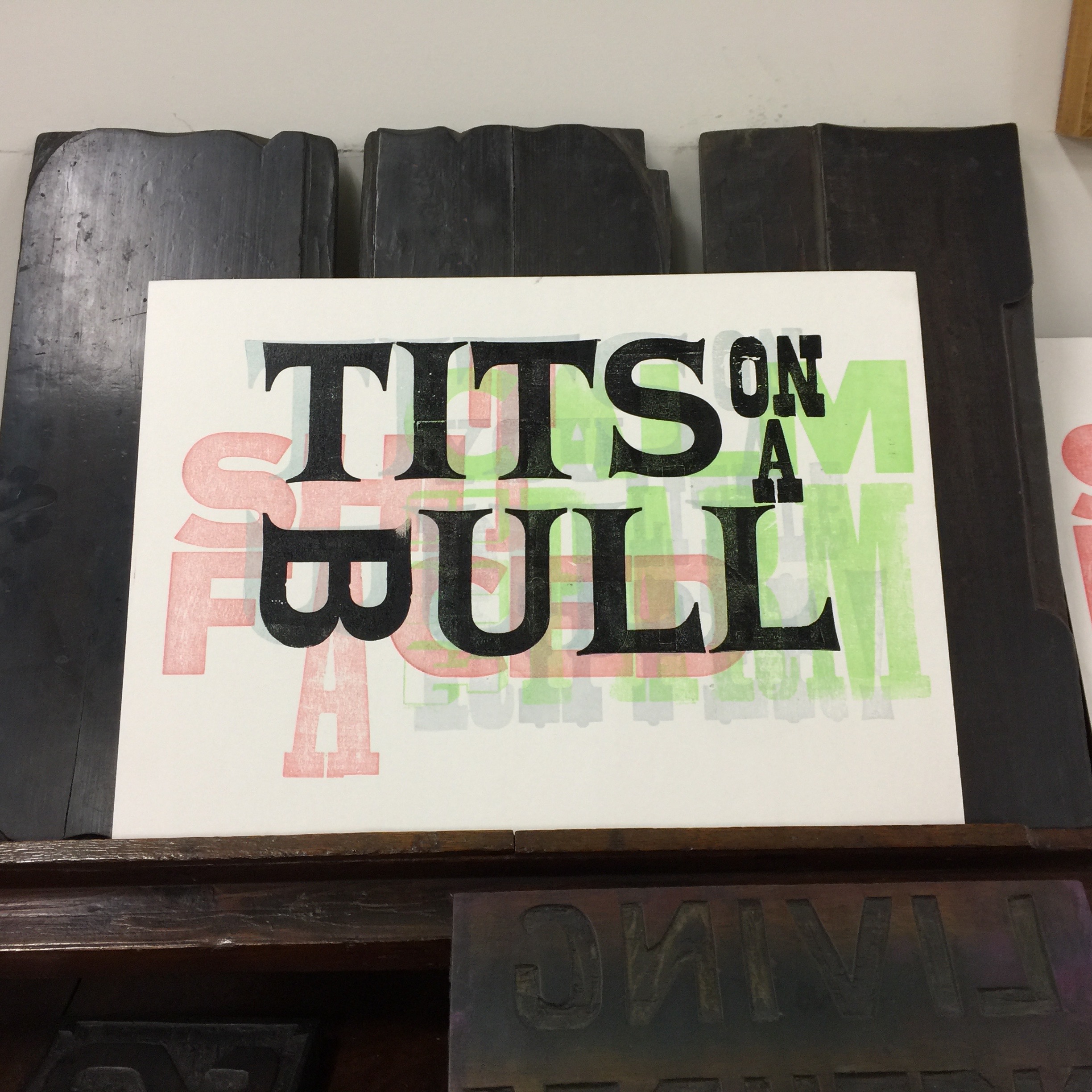
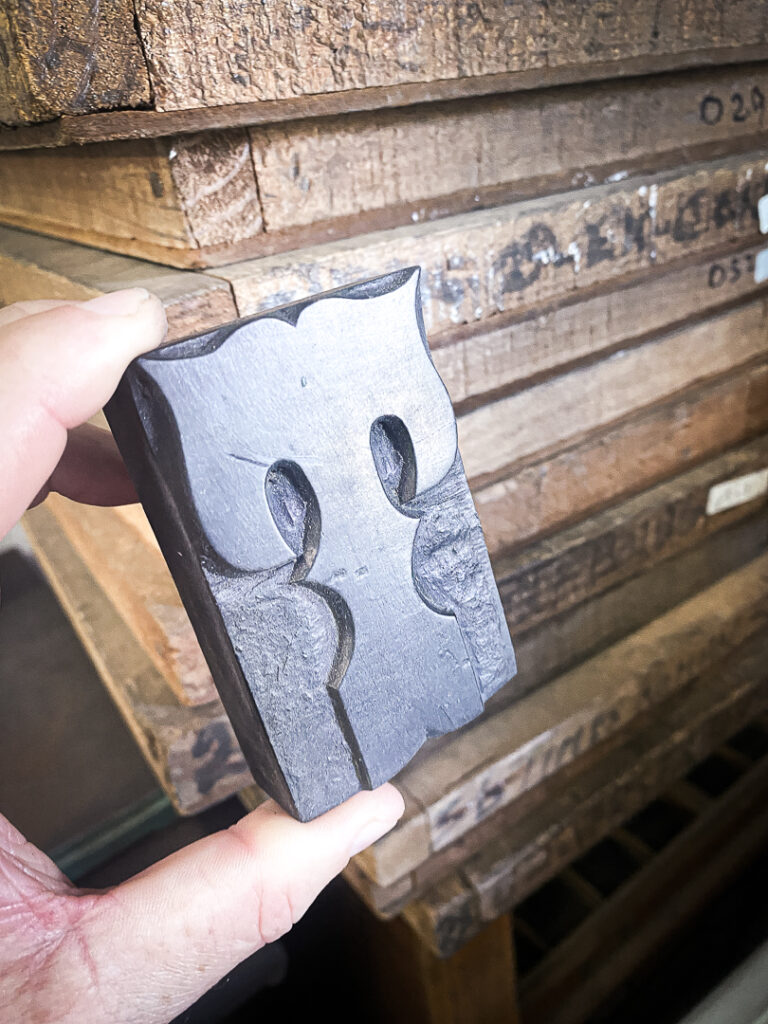
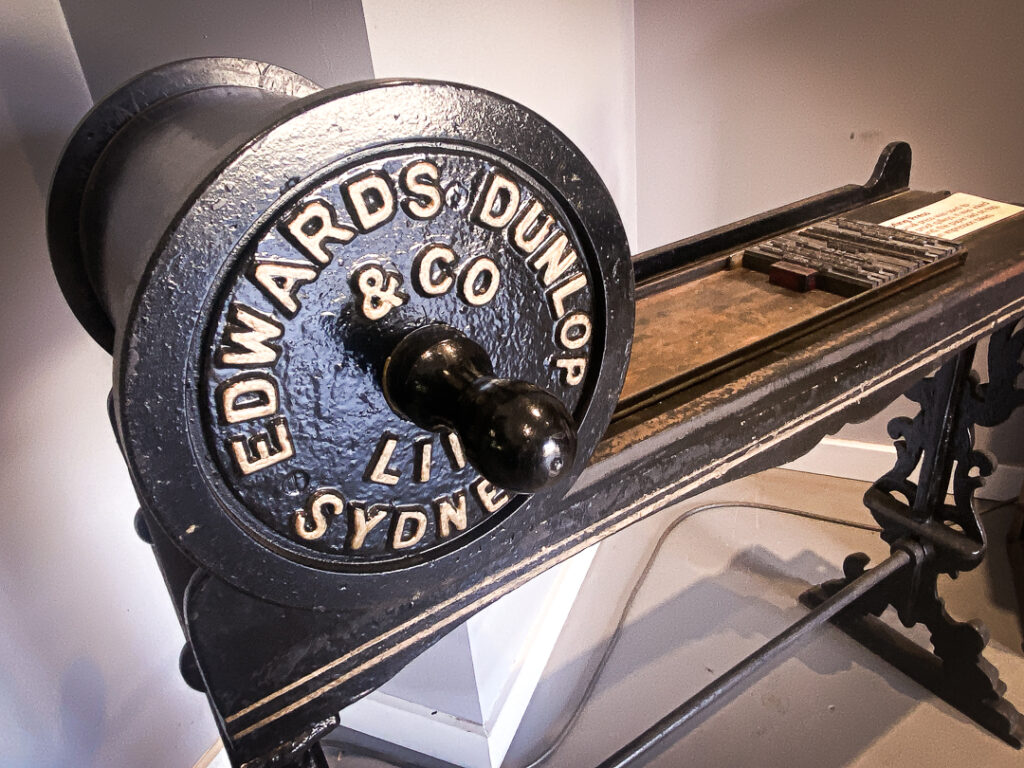
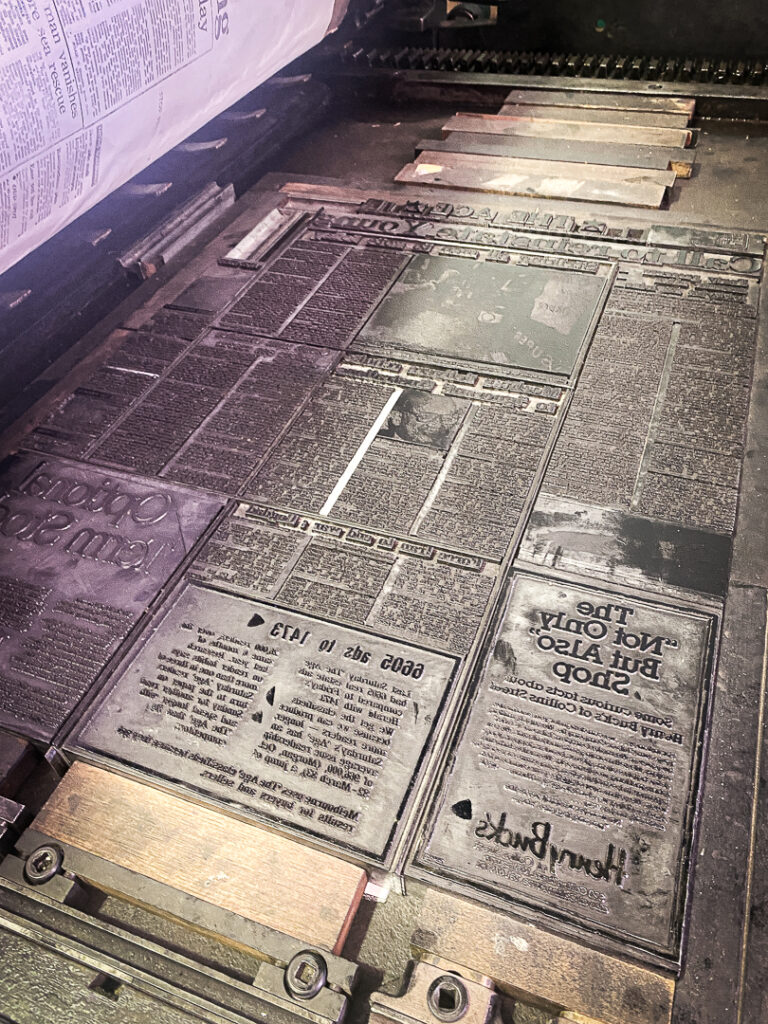
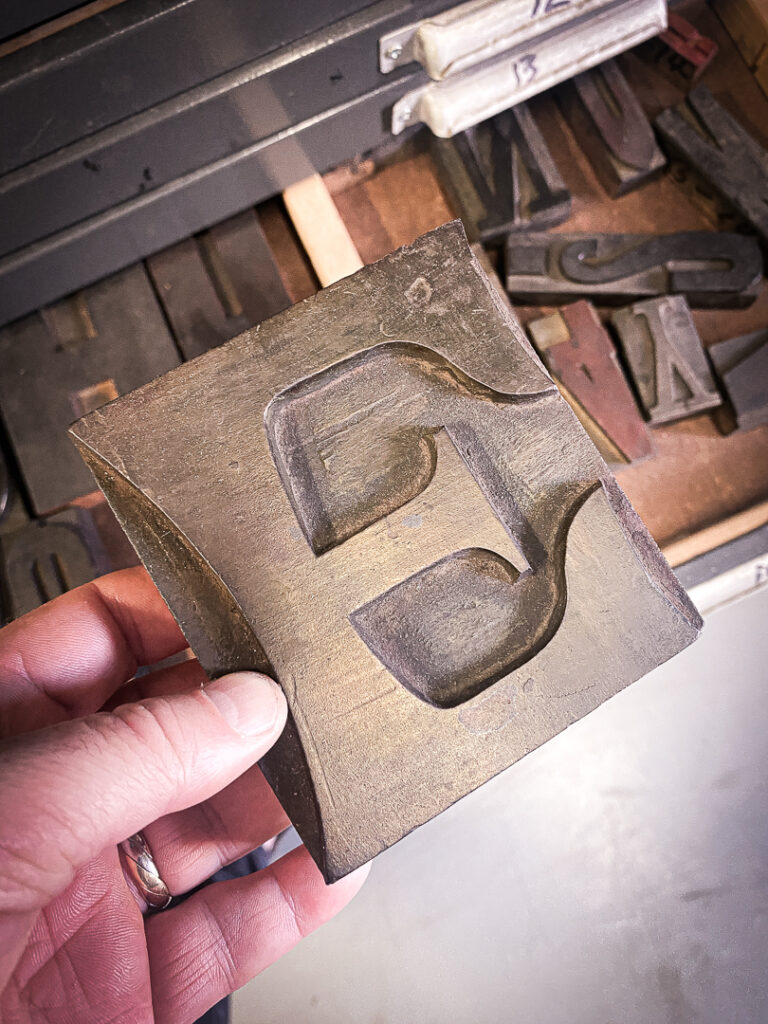
Australia’s harsh environment and vast geographical expanse have resulted in a scarcity of letterpress resources and an under-appreciation for the craft. The SPAM Project seeks to address this by offering hands-on exposure to letterpress printmaking, particularly in regional and remote areas where the tradition of letterpress once thrived. Through community outreach and visual arts workshops, SPAM aims to reignite interest in local storytelling through the printed word.
As we journey to celebrate the rich tapestry of letterpress across Australia, we recently turned our focus to the small country town of Walcha and its local newspaper history. While the Walcha News has since ceased operation, the dormant Miehle press stands as a testament to a bygone era of print journalism. It represents an invaluable piece of Australia’s printing heritage, awaiting a new chapter that hopefully sees it preserved for future generations to appreciate. This tale is just one of many that underscore the importance of letterpress in the Australian narrative. For more stories of letterpress lore from around the country, we invite you to visit our blog at www.spam-project.com. Here, we delve into the challenges, triumphs, and enduring legacy of letterpress printmaking across Australia’s diverse landscape.
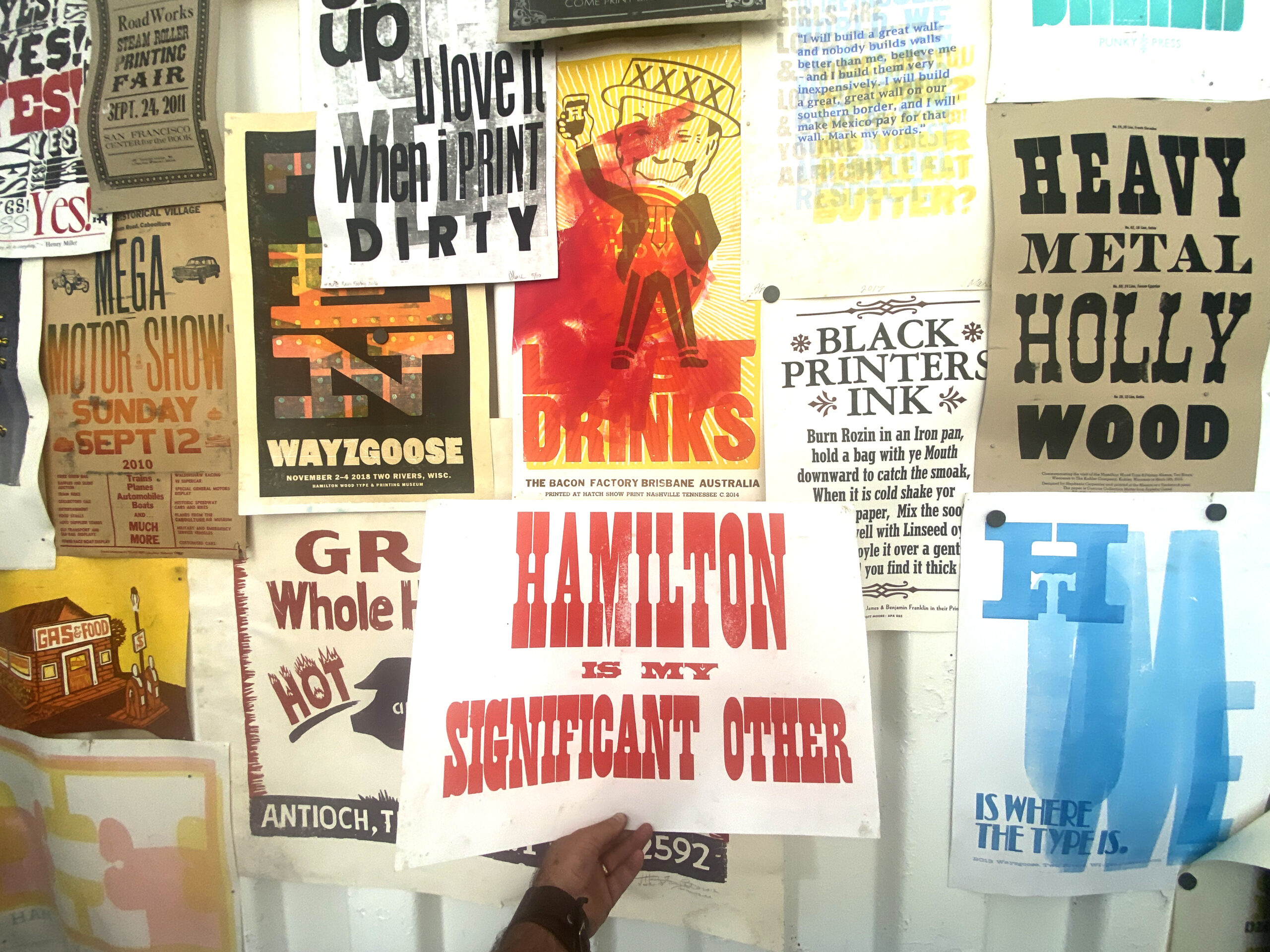
The SPAM Project has garnered significant support from the creative community, worldwide, including numerous backers that helped fund the initial stages of the project with a successful gofundme campaign. With the completion of the mobile printmaking container, we are now poised to bring the art and history of letterpress printing to educational centers, public libraries, schools, and cultural events nationwide.
Join us on this journey as we invite communities to collaboratively share their stories through the timeless medium of letterpress printing. Together, we can ignite a passion for graphic design, literature, and the rich heritage of printed communication.
We invite you to join us in selecting from a diverse array of workshops offered throughout the month of April. Each workshop in our series promises an immersive experience into the fascinating world of typography, allowing participants to engage with historic printing presses and learn the intricate techniques of traditional typesetting. Whether you’re a seasoned designer seeking to expand your skillset or a curious newcomer eager to discover the magic of letterpress, there’s a workshop tailored just for you. Embrace the opportunity to delve into this centuries-old craft and unleash your creativity in an environment rich with heritage and innovation.
See workshop details schedule at www.spam-project.com/journal/or
ticketing available at eventbrite.com.au
